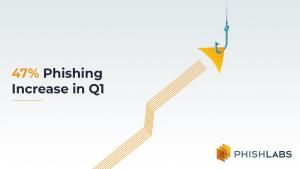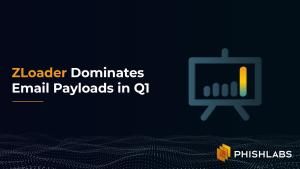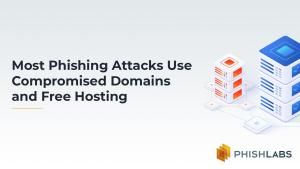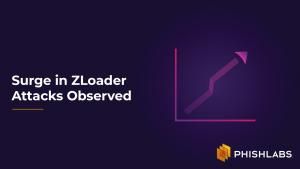Blog
47% Phishing Increase in Q1
Mon, 06/07/2021
Phishing is on the rise. PhishLabs identified 47% more phishing sites in Q1 of 2021 than there were in Q1 of 2020. This trend is continuing as Q2 attacks are also up significantly year-over-year.
Last year, phishing spiked in late Q1 and Q2 as threat actors took advantage of pandemic-related fear and uncertainty. This year, we are seeing an even greater increase in attacks.
...



















